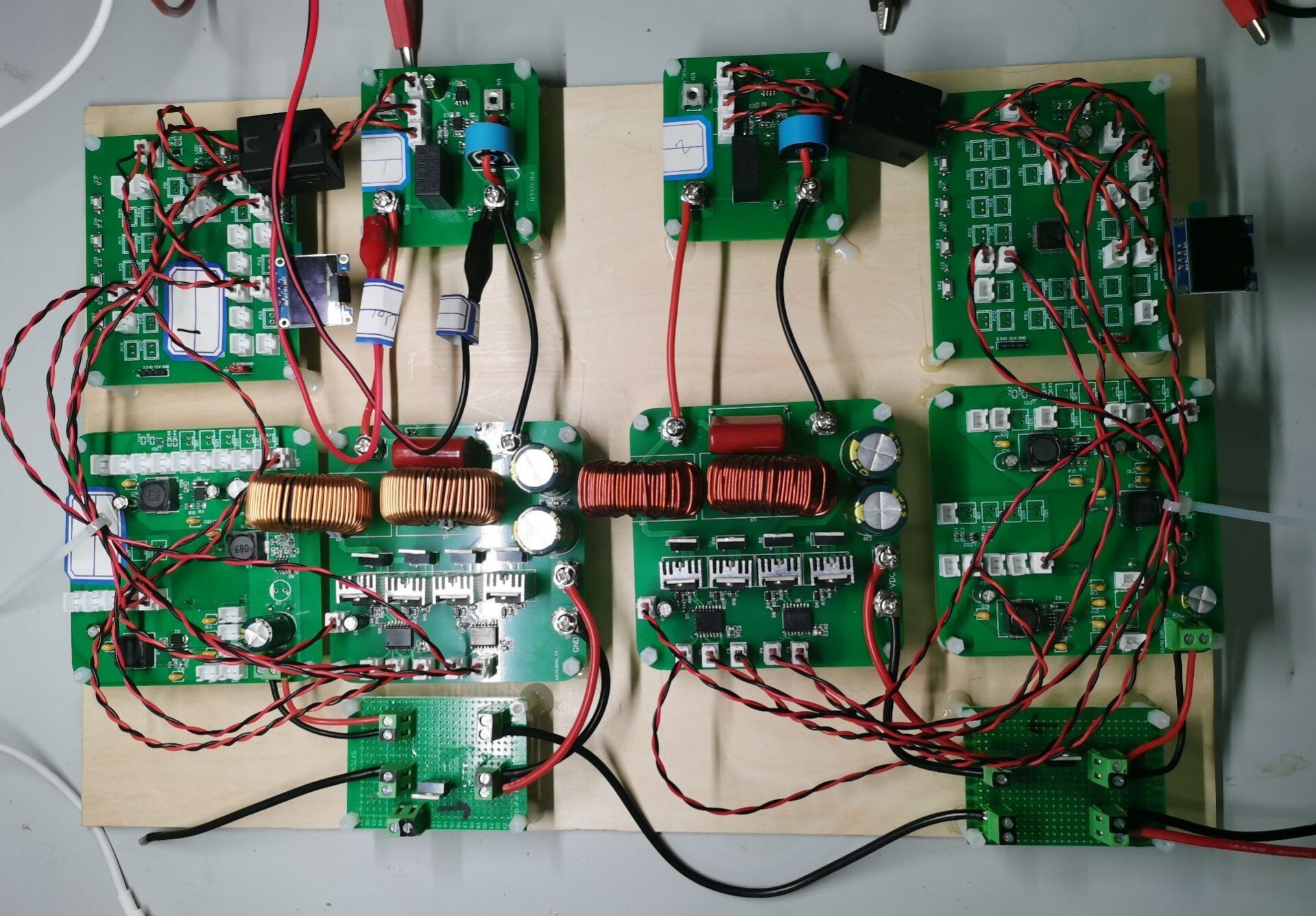How does the parallel connection of inverters operate?
The capacity of a single inverter is limited. In engineering applications, in order to increase the total capacity of inverters and improve the reliability of power supply, inverter parallel technology is often used. For example, if several inverters are connected in parallel for power supply, even if several of them fail,
Because the power supply system has a certain degree of redundancy, it will not affect the normal operation of the whole system. For large-capacity inverters, parallel technology can also be used. Because the main circuit of inverter usually adopts fully controlled power switching devices to form unit modules, the capacity of a single inverter module is very limited due to the limitation of the capacity of power switching devices. Expanding the capacity by connecting multiple modules in parallel can not only make full use of the advantages of fully controlled power switching devices, reduce the volume and noise of the system, but also improve the dynamic response speed and reliability of the system.
However, the parallel operation between AC power supplies is far more complicated than that of DC power supplies. It not only requires the amplitude of the output voltages of the two power supplies to be equal, but also requires their frequency and phase to be strictly consistent. In order to make the power modules of each parallel inverter work reliably, the most important thing is to solve the current sharing problem.
In the 1980s, foreign countries began to study the parallel operation technology of DC/DC converters, and now practical results have been achieved, while the research on current sharing technology and system stability is still deepening. Like the research and development process of main circuit and control circuit, the research of inverter parallel operation technology is also deepening on the basis of DC/DC parallel technology. However, for the inverter with sinusoidal AC output, its parallel operation is far more difficult than that of DC power supply. First, the following three problems must be solved.
1) When two or more inverters are put into parallel operation, the frequency, phase, and amplitude of each other and the system must be consistent or less than the allowable error before they can be put into operation, otherwise it may cause strong impact or output distortion on the power grid. In the process of parallel operation, each inverter must also keep the output consistent, otherwise, the accumulation of small frequency difference will cause periodic changes and waveform distortion of the output amplitude of the parallel system, and different phases will also make the output amplitude unstable.
2) The power distribution of parallel inverters includes the average distribution of active and reactive power, that is, current sharing includes active and reactive current sharing. Current sharing technology applied to DC power supply cannot be directly adopted.
3) Failure protection. In addition to the internal fault protection of a single inverter, when the current sharing or synchronization of the parallel system is abnormal, the corresponding inverter should also be cut off, and uninterrupted conversion should be realized if necessary.
At present, several typical methods to realize parallel operation of inverters include self-adjusting step method, external characteristic droop method, master-slave inverter method, hot synchronous inverter parallel technology and master-slave synchronous current sharing technology.


How does the parallel connection of inverters operate?:Looking forward to your comments !